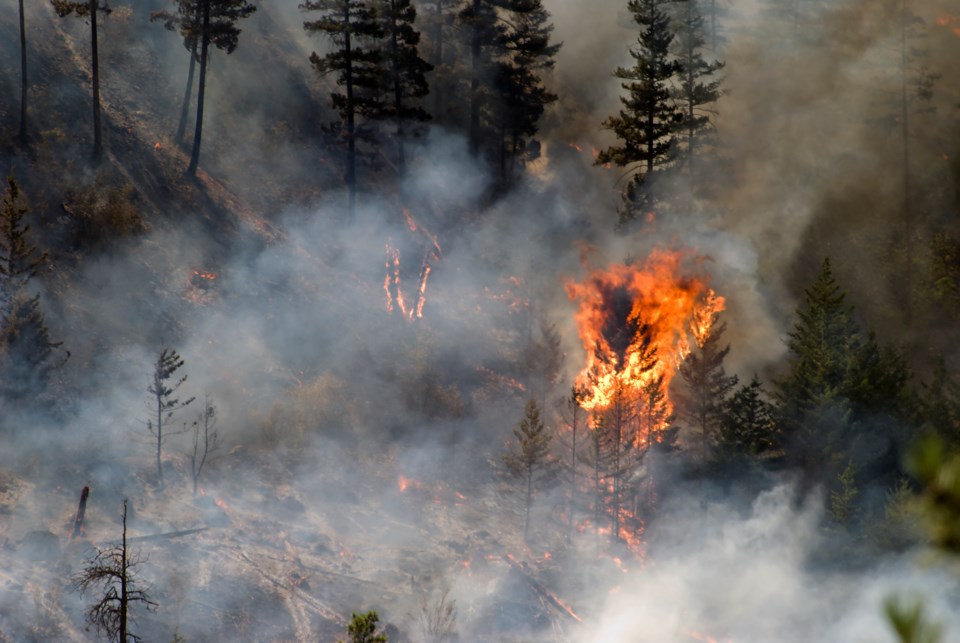Longmont Fire Services this month sent a crew of four firefighters to help fight the Grizzly Creek fire near Glenwood Springs, joining at least 15,000 wildland firefighters now deployed across the American west as the summer’s fire season is in full throttle.
The crew is part of Longmont’s Type 3 engine built specifically for wildland firefighting, according to a Facebook post. Crews typically spend 14 to 21 days on a deployment.
The local firefighters joined crews facing off against huge fire outbreaks that also now must take on additional dangers posed by the COVID-19 pandemic, according to a story this week from Kaiser Health News.
Officials worry crowded, grimy camps for firefighters can be breeding grounds for a variety of illnesses but especially COVID-19, the KHN story states: “Any outbreak that ripples across a camp could easily sideline crews and spread the virus across multiple fires — and back to communities across the country — as fire personnel transfer in and out of ‘hot zones’ and return home.”
Fire camps are remote makeshift communities of shared showers and portable toilets, where medical care can be limited, the KHN story states, and pollutants in the smoke firefighters breathe daily also make them more susceptible to COVID-19 and can worsen the effect of the disease. At least according to the Centers for Disease Control and Prevention.
“Also, one suspected or positive case in a camp will mean many other firefighters will need to be quarantined, unable to work,” according to the KHN story. “The worst-case scenario is that multiple outbreaks could hamstring the nation’s ability to respond as wildfire season peaks in August …”
The KHN story also cites a study published this month by researchers at the Colorado State University and the U.S. Forest Service’s Rocky Mountain Research Station. The study concluded that COVID outbreaks “could be a serious threat to the firefighting mission” and urged vigilant social distancing and screening measures in camps.
As of Saturday, four fires are burning in Colorado.
The Grizzly Creek fire, which is a mile east of Glenwood Springs, on Saturday was burning 29,992 acres and was 22% contained, according to the InciWeb interagency risk incident information management system.
The Pine Gulch fire, which started July 31 from a lightning spark, is burning 18 miles north of Grand Junction. Earlier this week, officials announced it is now the second largest wildfire in state history. As of Saturday it was burning 126,613 acres and was at 19% containment, according to InciWeb.
The Cameron Peak fire, which is burning in the Arapaho and Roosevelt National Forests near Cameron Pass and Chambers Lake, had grown to 17,246 acres as of Saturday, according to InciWeb.
The Williams Fork fire is burning in the Arapaho and Roosevelt National Forests and Pawnee National Grassland 7 miles southwest of Fraser. It was at 10,437 acres and 3% containment as of Saturday, according to InciWeb.


